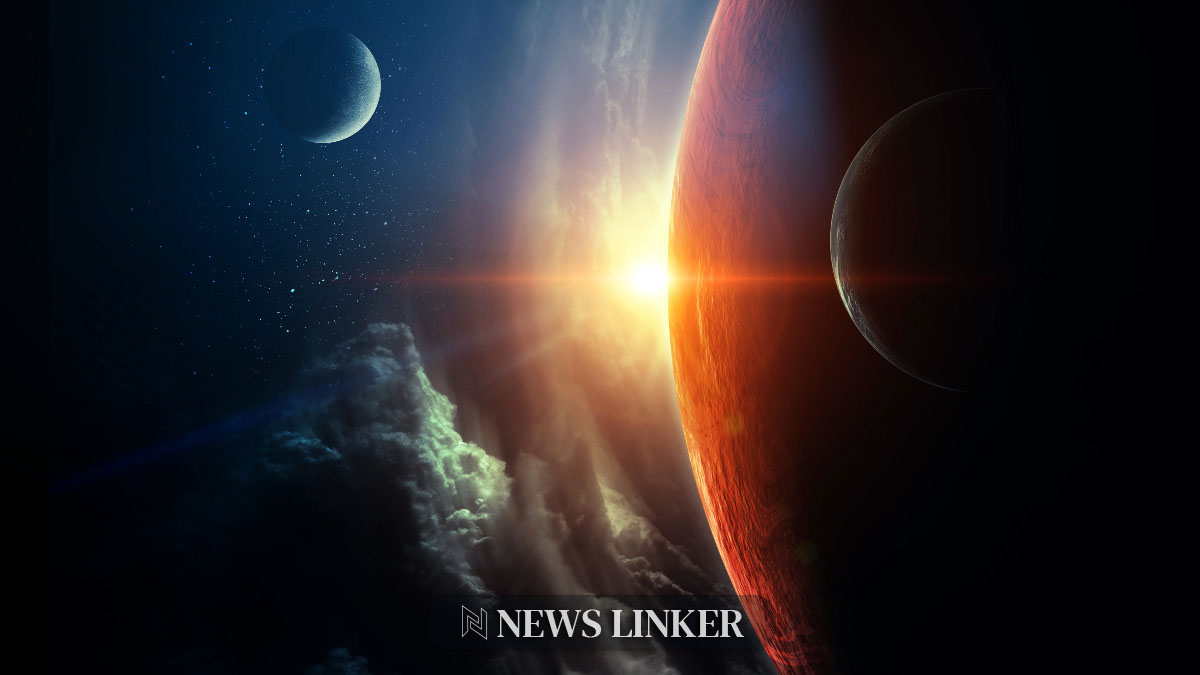The immense galaxies present in today’s cosmos, like the Milky Way, originated from much smaller beginnings. These structures, over the universe’s extended history, have grown substantially through a series of mergers. The James Webb Space Telescope (JWST) has been pivotal in probing the ancient luminosity of the earliest galaxies to deduce the processes behind their significant expansion.
Insights into Ancient Galaxy Growth
By observing light from the formative periods of the universe, when it was merely 5% of its current age, JWST has shed light on galactic structures that have since grown to match or surpass the Milky Way in size. Initially, these precursors were only a fraction of the mass they now boast. Researchers are eager to decipher the signals the JWST’s infrared capabilities can reveal about their growth trajectories.
Unraveling the Mysteries of the Firefly Sparkle Galaxy
Recent findings from JWST observations focus on a galaxy at redshift z~8.3, known as the Firefly Sparkle, which started emitting light over 13 billion years ago. This galaxy is characterized by dense star clusters, key indicators of galactic development. The research, led by Lamiya Mowla from Wellesley College, is currently under pre-print review and offers insight into the Firefly Sparkle’s structure and formation.
The Firefly Sparkle’s visibility is credited to the gravitational lensing effect of a massive galaxy cluster. The galaxy appears as an arc, alongside two neighboring galaxies—the Firefly BF and Firefly NBF. The observed mass of the Firefly Sparkle is predominantly concentrated within 10 large clusters, containing more than half of its total mass. These clusters are pivotal, as they showcase the galaxy’s growth and star formation patterns.
Researchers have identified the Firefly BF as the probable companion galaxy influencing the Firefly Sparkle, suggested by the signs of interaction and concurrent star formation bursts in both galaxies. Such interactions are deemed to be a driving force behind the growth of these young cosmic structures.
The study also highlights a central cluster within the Firefly Sparkle that exhibits extremely high temperatures and hints at its origin in a metal-poor environment, supporting the hypothesis that the Firefly Sparkle is an early progenitor of galaxies like the Milky Way. To corroborate their findings, the team has drawn comparisons with the Illustris TNG supercomputer simulation, which provides a comprehensive model for galactic evolution.
While the future of these star clusters is uncertain due to various cosmic forces, the research suggests that many will likely persist and contribute to the galaxy’s stellar disk and halo. JWST’s observations resonate with its core mission to explore galactic formation and evolution, with the Firefly Sparkle providing a unique glimpse into the assembly of a galaxy in its nascent stages.










